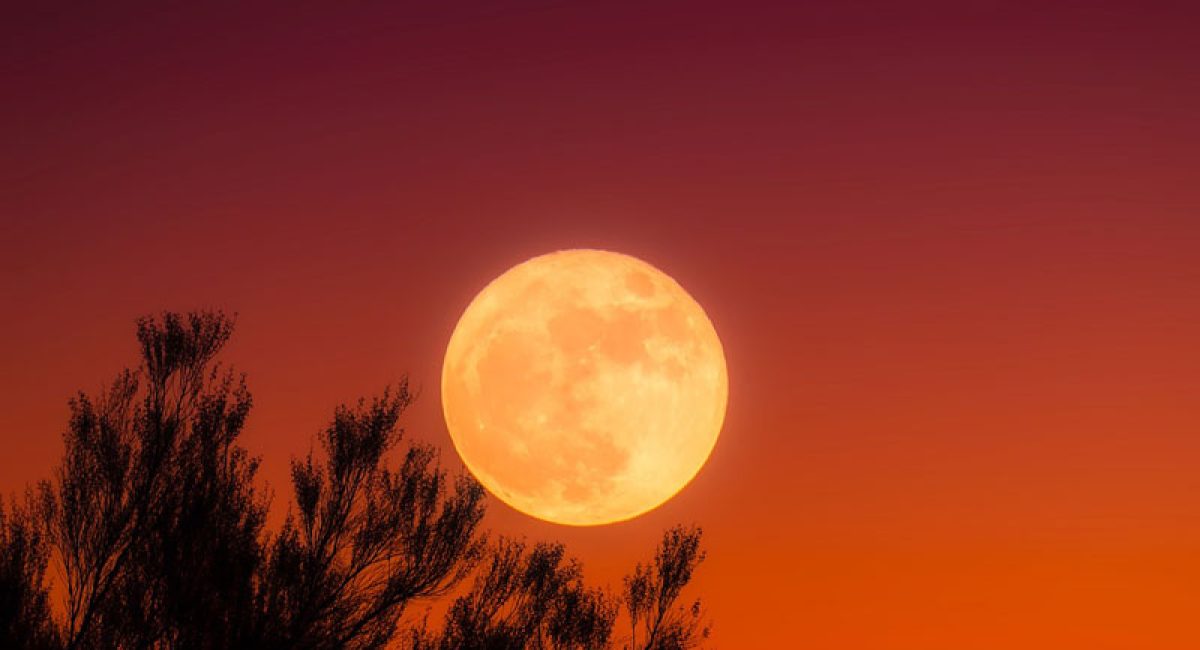Don’t Miss Next Week’s Beautiful Full Moon
September’s full moon, known as the harvest moon this year, will occur on September 29th and will appear full for several evenings. Globe Aware volunteers can learn more about this spectacular sight!
Don’t Miss Next Week’s Beautiful Full Moon — Why It’s So Special
JIM FULCHER
SEPTEMBER 23, 2023
TRAVEL AWAITS
A full moon always looks spectacular when it rises above the horizon. There’s even more reason to look forward to next week’s full moon, however.
Although September’s full moon, known as the harvest moon this year, will occur on September 29, it will appear full for several evenings. Plus, the moon will also rise at nearly the same time just after sunset each of those nights.
Here’s what you need to know about 2023’s harvest moon.
Why It’s Called The Harvest Moon
The moon orbits Earth once every 27.32 days, so there typically is one full moon each month. What’s different about the harvest moon, however, is that its name is associated with the timing of the autumnal equinox — which occurs today, September 23, this year — rather than the month in which it occurs.
The full moon closest to the autumnal equinox is called the harvest moon. Although that moon can occur in September or October depending on the calendar and the moon’s orbit, 2023’s harvest moon will reach peak illumination at 5:58 a.m. Eastern on Friday, September 29, according to The Old Farmer’s Almanac.
The full moon typically rises around sunset and then rises roughly 50 minutes later each day. However, when a full moon occurs around the autumnal equinox, the moon rises much closer to the time of sunset on successive nights.
This happens due to a combination of the moon’s orbit of Earth and Earth’s orbit of the sun. As a result, the moon’s orbital position places it nearly parallel to the eastern horizon, so Earth doesn’t need to rotate quite as far to bring up the moon — or for the moon to rise — on these nights.
Consequently, in the Northern Hemisphere, the moon rises about 20–25 minutes later each day for several days before and after the harvest moon, according to EarthSky.
Because the full moon closest to the autumnal equinox rises at about the same time just after sunset for several nights in a row, the bright moonlight early in the evening historically helped farmers work to harvest their crops after sunset, The Old Farmer’s Almanac explains. As a result, that full moon came to be known as the “harvest” moon.
How To See The Harvest Moon
The harvest moon will occur on September 29 at 5:58 a.m. Eastern and will be below the horizon for people in the Northern Hemisphere. The good news is that the moon will also appear full and shine brightly on Thursday, September 28, and Saturday, September 30.
There are two reasons why you’ll want to look for the harvest moon when it rises just after sunset.
First, it will appear orange or orange-ish yellow as the moon rises above the horizon. It will then appear white as the moon rises high in the night sky.
The moon will appear orange because, when we see the moon low on the horizon, we’re looking through a greater thickness of Earth’s atmosphere than when we look up and overhead, EarthSky explains.
Secondly, the moon always appears largest when it is just above the horizon due to what’s called the “moon illusion.” In this instance, the moon doesn’t actually change size, but the moon illusion tricks our brains into thinking it sometimes appears larger or smaller, NASA explains.
For instance, when the moon is just above the horizon, our brains compare its size to other objects on the skyline, such as church towers and buildings. Compared to those objects, the moon naturally seems enormous. The flip side of the coin is that when the moon is high in the evening sky, it appears small due to the sheer scope of space.


0 Comments